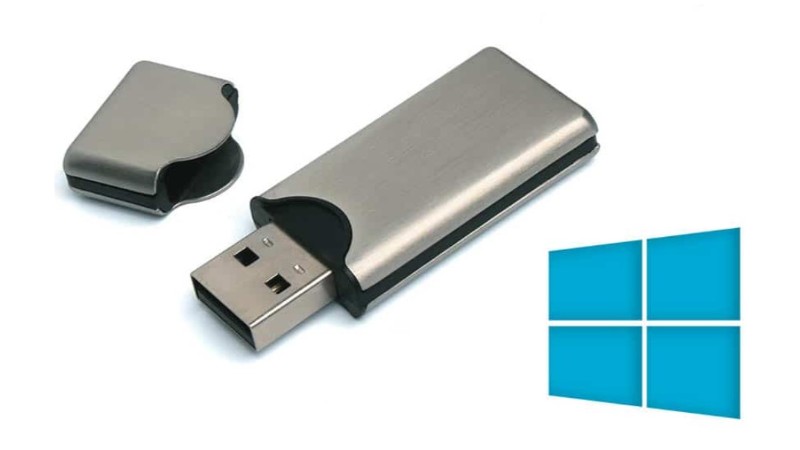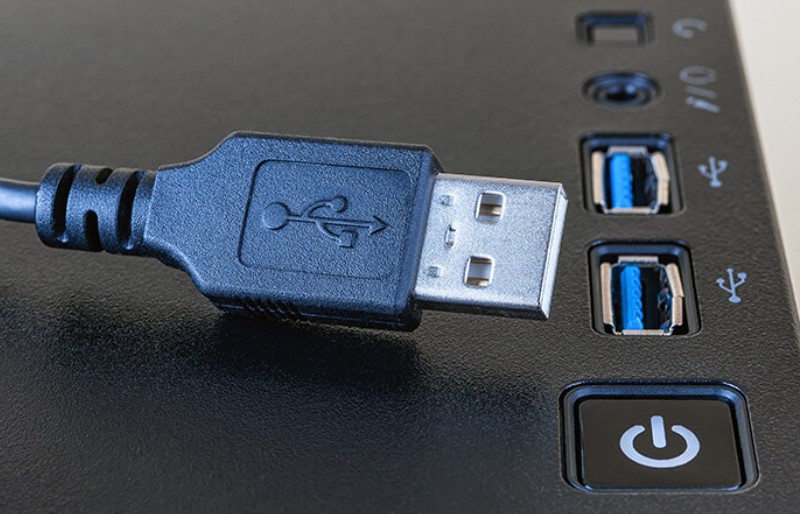Fix problems installing Windows 10 on USB

Installing Windows 10 on USB can be a frustrating experience, particularly if you’re not well-versed in computer troubleshooting. Many face similar challenges during software installations, making it a widespread concern. Understanding the reasons behind your inability to install Windows 10 from a USB is crucial for finding effective solutions.
Common Causes for Windows 10 USB Installation Failures:
Damaged or Corrupted USB Drive:
Ensure the USB stick is functional, properly created, and not corrupted.
Check for compatibility issues, such as USB-C, traditional USB, or 2.0, to avoid booting problems.
Computer Booting Support:
Confirm that your computer supports booting from a USB. Access the BIOS during startup (using keys like F2, F10, F12, or Delete) to check this feature.
USB Stick Format Compatibility:
Verify if your USB format aligns with your computer’s system requirements (e.g., FAT32 for UEFI mode).
EFI/UEFI Settings Configuration:
Incorrect UEFI/EFI settings can disrupt the installation process. Ensure proper configuration before initiating the installation.
Insufficient Disk Space:
Windows 10 demands ample memory space. Confirm your PC has at least 16GB (for 32-bit) or 20GB (for 64-bit) free space.
ISO Image Problems:
Avoid using unreliable tools like Microsoft Media Creation, which may corrupt the USB. Recreate the bootable drive from scratch if issues arise.
Incompatible Hardware:
Check if your PC meets the minimum installation requirements, including a processor above 1 GHz and sufficient RAM.
Non-functional USB Port:
If the USB port is faulty, your PC won’t detect the device. Ensure the port has power and check USB device drivers if needed.
Understanding these factors can help you navigate through installation challenges and increase the likelihood of a successful Windows 10 installation from a USB.

Fix problems installing Windows 10 on USB
How to Resolve Windows 10 Installation Issues from a USB
If you’re encountering problems installing Windows 10 from a USB drive, here are concise and effective solutions:
Try a Different Installation Method:
If USB installation is problematic, consider alternative methods such as direct download or CD installation. Some computers may not support USB booting, and changing the installation approach might resolve the issue.
Use a Different USB Drive:
Test with a different USB drive, preferably the original Windows setup USB or your computer’s restore USB. This helps identify whether the problem lies with the drive or your computer. Creating a new bootable USB is an option if the original one is corrupted.
Test the USB on Another PC:
Check if the USB functions on a different computer. If it works, the issue may be with your computer’s configuration. Otherwise, if the problem persists, the USB might be corrupted or have an incorrect filesystem.

Fix problems installing Windows 10 on USB
Run Windows Update Troubleshooter:
If unsure about the next steps, run the Windows 10 troubleshooter. Access it through Troubleshoot Settings in the PC Search Box. The troubleshooter can detect and attempt to fix common problems related to Windows Update.
Ensure USB Bootability:
Confirm that the USB is bootable. Improper formatting during the initial steps can hinder a successful Windows 10 installation. Manually transferring Windows 10 files into a bootable USB is necessary if you’re creating your USB.
Set PC to Boot from USB:
Verify that your computer is configured to boot and install Windows 10 from a USB. Some computers lack this setting by default, requiring manual configuration. Press the designated key during startup (e.g., F2, F8, F12, or Delete) and ensure CD-ROM/DVD-ROM is selected in the boot menu.
Ensure USB Format is FAT32:
Before reformatting the USB drive, back up files on another device to prevent data loss. Most USBs are formatted as NTFS, so ensure the installation USB is formatted as FAT32.
Here’s the step-by-step process:
Check USB Format:
Begin by inspecting the format of the USB. Connect it to the PC and ensure it appears in My Computer. If you’re uncertain about the format, proceed to the next step.
Verify Filesystem:
Right-click on the USB icon and select “Properties” from the menu. The file system information will be displayed in the window that appears.
Reformat USB (if necessary):
If the USB is not in FAT32 format, reformat it by returning to the My Computer menu. Right-click on the USB icon and choose the “Format” option. In the dialog box that appears, select FAT32 from the drop-down options and then click “Continue.” This ensures the USB is properly formatted for the installation process.
Verify EFI/UEFI Compatibility:
Check if your PC is equipped with EFI/UEFI, as it can potentially disrupt the Windows 10 installation process and booting from recovery CDs and USBs. Various manufacturers, including Dell, HP, Asus, Acer, Toshiba, Lenovo, and more, have specific steps to enable USB or CD booting. Ensure that your PC is configured accordingly. Access the EFI setup/configuration feature by pressing the designated key upon startup, typically indicated on the BIOS screen. Look for options such as Legacy Support, UEFI/Legacy Boot, Boot Option Filter, etc., depending on your computer’s make and EFI firmware.
Optimize Disk Space:
Before initiating the Windows 10 installation, ensure your storage drive has sufficient free space. Uninstall unused, resource-intensive programs, especially 3D games and applications like Adobe Creative Suite. For larger files, consider external backups for videos, audio, images, and documents. Monitor disk space using tools like WinDirStat, which provides a graphical representation of file distribution. Confirm that the Windows-labeled disk has a minimum of 20 GB of free space.
Verify ISO Image on USB:
If installing Windows 10 from an ISO image, ensure proper copying to the USB. A corrupted or incorrectly copied ISO image may hinder the installation process. Unfortunately, there is no way to repair a copied ISO image on the USB. The solution is to format the USB and reinstall the ISO image.
Final Considerations:
Windows 10, being a widely used operating system, requires careful consideration during installation using a USB flash drive. Ensure compatibility with EFI/UEFI, optimize disk space, and verify the integrity of the ISO image on the USB. Keep a spare USB stick handy in case of corruption. This ensures a smooth and successful Windows 10 installation on your preferred desktop or laptop setup.


